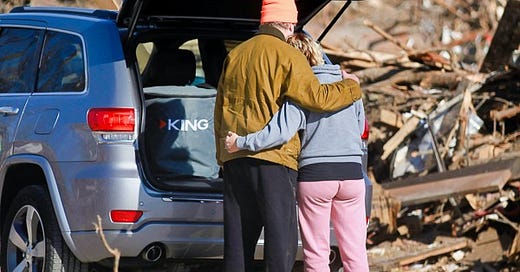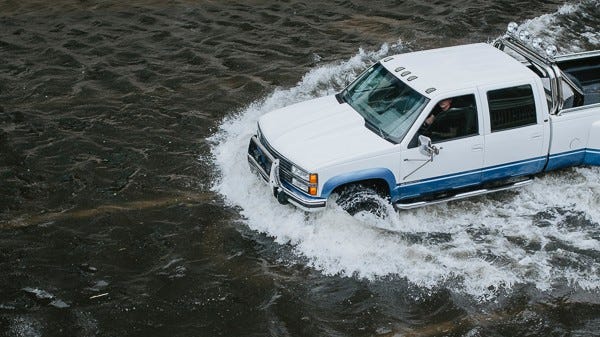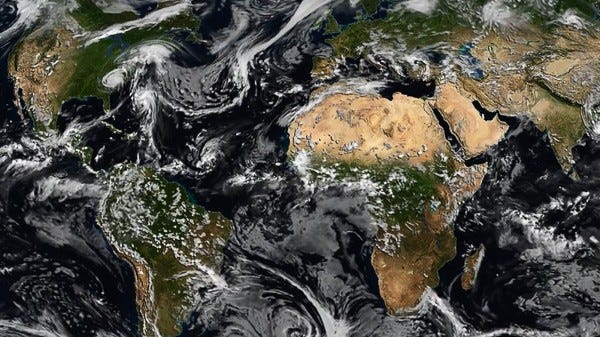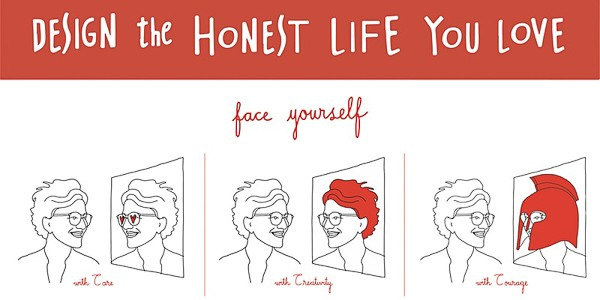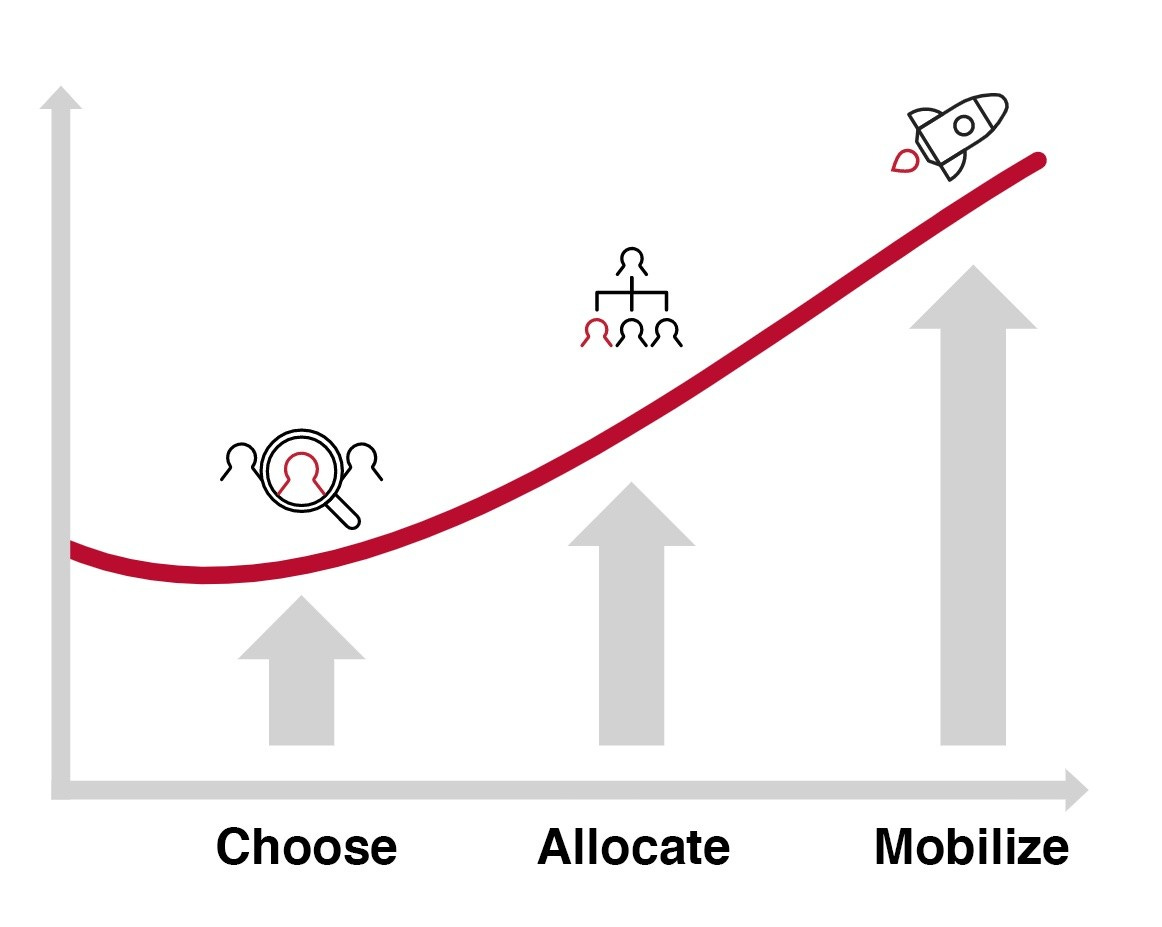Two years in, I am still trying to get around this pandemic thing and figure out how to live with it. The first phase seemed to be defined by lack of information and devasting impact, and the only rational response was to seek shelter and try to stay safe. In the second phase, we had more details about COVID, had some sense of how to protect ourselves, and had some control over our response. In the current stage, we have a better awareness of what we are dealing with, we have tools to address it, and we have been with it long enough that we need to find a way to live with it and establish a new normal. The models we make define how we live. When we think of the model of living under duress, we are under duress. How we feel about the new normal shapes the precautions and risks, we are willing to take and our stress. While everyone will react differently to the conditions, the following structure may help determine the best approach and perspective.
COVID is a tornado!!! When the pandemic first broke out over two years ago, it was unclear where it would strike, when it would hit, and how devasting it might be. As we started to understand what was happening in New York, it felt like a tornado. It hit with little warning, and the results were devasting. Tens of thousands of people were dying, often in terrible ways, alone. The best response to a tornado event is to head to the basement and stay safe until the danger passes. And that is essentially what we did. Those who could rarely left their homes, essential workers, risked their lives. Eventually, we got some sense of what we were dealing with, we learned how to walk outside safely, and we developed a new kind of normal.
COVID is a hurricane!! One of the following normal features was that we could live somewhat like we used to, but there was always the potential of another outbreak (we were still unvaccinated). There was a forecast that numbers might be increasing, but you never knew if the storm would head out to sea or strike where you lived. It was possible to continue to move about, the devastation was not the force and speed of a tornado, but there was also some low-level stress, caution, and preparedness. There seemed to be a seasonality to the outbreaks, the surge in the fall and then again in January. When we were in hurricane season, we were more cautious than usual, but we didn't have the same level of panic, the sense of the unknown that we did when we were living through tornados.
COVID is a winter storm! It will get cold, and it may rain or snow, perhaps hard, but we can make it part of our life. Sometimes we may even head to the store and get supplies in advance, and we plan to stay inside for a while. It may disrupt our lives, but we are comfortable knowing that it will only be a day or two. Sometimes a big storm is predicted and hits hard, and sometimes it misses us all together. And every so often, a big storm is expected to be bad and becomes something worse ("ice storm shuts down electric grid"). We adapt and adjust and learn to live with it.
The pandemic is like a global weather system. We cannot predict what the next COVID wave will do or how anyone should react. As we move from tornado warnings, hurricane warnings, storm warnings, clear skies, and back again, we will have to interpret how we respond to the conditions and find a way to respect how others choose to respond. The metaphors we use to understand our world help us approach how we behave. In life and leadership, we can use analogies to make sense of our surroundings, understand how to act, and communicate our understanding with those we lead and love. So it is with the COVID weather.
Design the (Honest Life) You Love with Ayse Birsel and Ron Carucci
What if we could set you on your way to reimagining your life in a whole new way? We are emerging from one of the most disruptive periods in history. Everything we thought we knew about life, work, relationships, and meaning has been turned upside down.
Design the Honest Life You Love combines two disciplines — design thinking and behavioral science — into a powerful and dynamic laboratory that allows you to explore a future you’ve not imagined, but quietly longed for. It makes the unlikely connection between two worlds, bringing them together in more than 50 years of combined experience… all in the service of your future. Will you accept their invitation to Design the (Honest Life) You Love? Date and time Sat, May 14, 2022, 11:00 AM – 4:00 PM EDT $795
Living a Life Without Regret (Deborah Heiser from Psychology Today)
If you are Marshall Goldsmith, you can learn all you need to know from dining in restaurants. Marshall found himself with an opportunity to dine in a fine restaurant when he was in his late 20s. As someone who grew up poor, he wasn't accustomed to eating in Michelin star restaurants, so the experience was a serious splurge and well outside his wheelhouse of knowledge. He wasn't sure what to order, which table settings to use, and the wine to pair with the meal. Marshall had a choice: put on airs and pretend he knew what he was doing, or engage with the waiter, ask for his advice, and soak in the dining experience, making it a night to remember. He chose the latter and, decades later, he still remembers this evening. Goldsmith sat down at his table and asked the waiter to recommend a meal within his $100 budget. The waiter brought dish after sumptuous dish and became Goldsmith's instructor. He explained how the food was prepared, and eagerly taught him about the wine and utensils for each dish. The waiter went well beyond the $100 limit, without charging, and they both enjoyed the evening immensely. To find out more and how to live an earned life, check out the article here
The Talent To Value framework by Sandy Ogg and CEO.works
Talent to Value™ as a framework came to life during Sandy's tenure at Blackstone. Stepping into the private equity world, he discovered the sharpness of how PE gets focused on value. It was pretty stunning. They realized that there were two things you had to get right in every investment. First, they had to buy the right asset at the right price. And second, they had to have the right talent to create value in a compressed time frame. The idea of applying financial-level risk-seeking rigor to top talent placement was something that was needed to be able to use consistently for the firm's portfolio companies. With the world changing as rapidly as it is, we need Talent to Value now more than ever. When we talk about finding the right talent, especially within a portfolio company, it's not "good to great," borrowing the title from Jim Collins' book. Great is the baseline to have a meaningful impact on value today; insanely great talent is what you need, and you need it in the right places throughout the organizational chart to bend the value curve upward. To find out more check them out here.
Quote of the week: "A man's character may be learned from the adjectives which he habitually uses in conversation." Mark Twain
With Love and Gratitude, Scott

